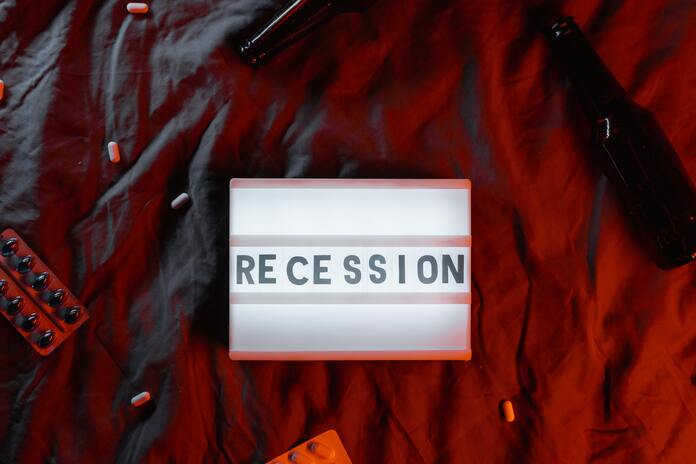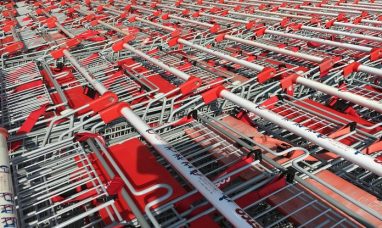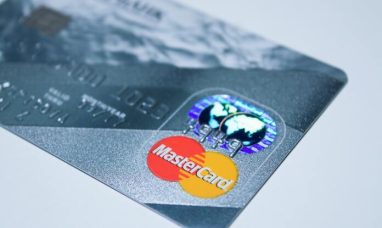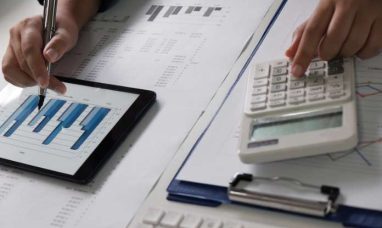Despite the fact that inflation has been creeping downward, the costs of several necessities, such as salad dressing and housing, have reached eye-popping heights, particularly in comparison to only a few years ago, during the pre-pandemic era. Several people have been astonished by the seeming apathy of customers in light of the rising cost of living; nonetheless, consumers continue to spend.
But, it’s possible that this resiliency is running out.
When compared to inflation, consumer expenditure has stayed quite high for a number of different reasons. As was mentioned before, in some ways Americans do not have a choice: since they are required to have a place to live and food to eat, they must continue to pay for these necessities despite the fact that their prices continue to rise. There are obviously other factors at play, such as a latent need for services that went unmet while the pandemic was ongoing.
Experts believe that consumers are able to continue shopping because they have accumulated additional money throughout the pandemic. These savings can be used for a variety of purposes, including purchasing food and entertainment for themselves.
After such a prolonged period of high inflation, there are indications that those reserves intended for unexpected expenses have been depleted. This presents a dilemma. Because consumer spending accounts for more than two-thirds of the U.S. economy, this might rekindle fears of a slowdown, which is a concern for many Americans who aren’t just those whose bank balances have shrunk.
The estimates for GDP growth in the fourth quarter were reduced by the Commerce Department just last week due to decreased consumer spending; additional data help to explain why these revisions were made. The report for January from the United States Bureau of Economic Analysis revealed income gains that were lower than predicted, while expenditure kept soaring higher. This is an evident recipe for restricting consumers’ capacity to sock away cash in savings accounts.
The pace of savings was singled out by Corey Tarlowe, an analyst at Jefferies, as the “important takeaway” from the study. “For the first time since 2021, income rose at the same rate as spending year over year (implying a flat savings rate year over year), and the excess savings balance reduction accelerated,” he adds. “This was the first time since 2021 that income grew in line with spending year over year.” “Consumer spending could come under increased pressure in the future if these patterns persist.”
Given that consumers uncharacteristically put away a significant amount of money during the epidemic, some may be tempted to discount the significance of this worry. Americans are not known for their propensity to save money. After all, figures from the end of the fourth quarter compiled by Bank of America indicated that the average consumer’s checking account and savings balances are still higher than pre-pandemic levels.
The problem is not only that the savings rate has dropped drastically, but that it is also sitting near a record low at a time when prices are still high, and economic uncertainty looms. This presents a challenge. It also does not appear likely that they will have a significant uptick in their financial situation as a result of their tax refund this year.
In point of fact, Moshe Orenbuch of Credit Suisse is of the opinion that “consumers have now used up the excess money that they collected throughout the pandemic.” He does not cast doubt on the Bank of America data, but he does point out that it is based on nominal dollars. As a result, it does not take into account, among other things, the fact that one dollar does not go nearly as far as it did in 2019. This is one of the factors “which likely would induce consumers to save more in nominal dollars to be able to feel comfortable.”
He is also of the opinion that the effects of several months of inflation, in particular on Americans with lower incomes, have already reached their peak. “[A]ny extra liquidity that may have existed around two quarters ago has largely been eaten up, and customers in this market segment have continued to endure financial difficulty.”
Companies that serve Americans of more modest means have noticed their struggle as of late, while those catering to wealthy People have noted that they are still able to indulge despite the current economic climate. This scenario looks to be playing out.
Indeed, Jefferies’ Tarlowe analyzed January web traffic to discount retailers on Tuesday, and he found that even though traffic to dollar-store sites increased on a two-year basis, closeout stores such as Five Below FIVE +0.31% (FIVE) and Ollie’s Bargain Outlet Holdings OLLI +0.44% (OLLI) “witnessed meaningful slowdowns” as consumers increasingly prioritize necessities over indulgences. This is due to the fact that consumers are becoming more conscious of the
He worries that this could not only hint at the postholiday difficulty for such stores but also “suggest that customers are cutting back even further on spending that is discretionary.”
Naturally, people of all shades in the United States have been known to spend more than they can afford. According to Orenbuch, the persistent desire to make purchases would most likely “now drive consumers’ actual borrowing needs and…continued growth in revolving card balances going forward.”
If consumers continue to make purchases using credit cards, this may be excellent news for retail businesses and the economy as a whole. On the other hand, it does not appear to be a solution that can be maintained over time or that would assist Individuals in improving their long-term financial health.
Featured Image: Pexels @ MART PRODUCTION








